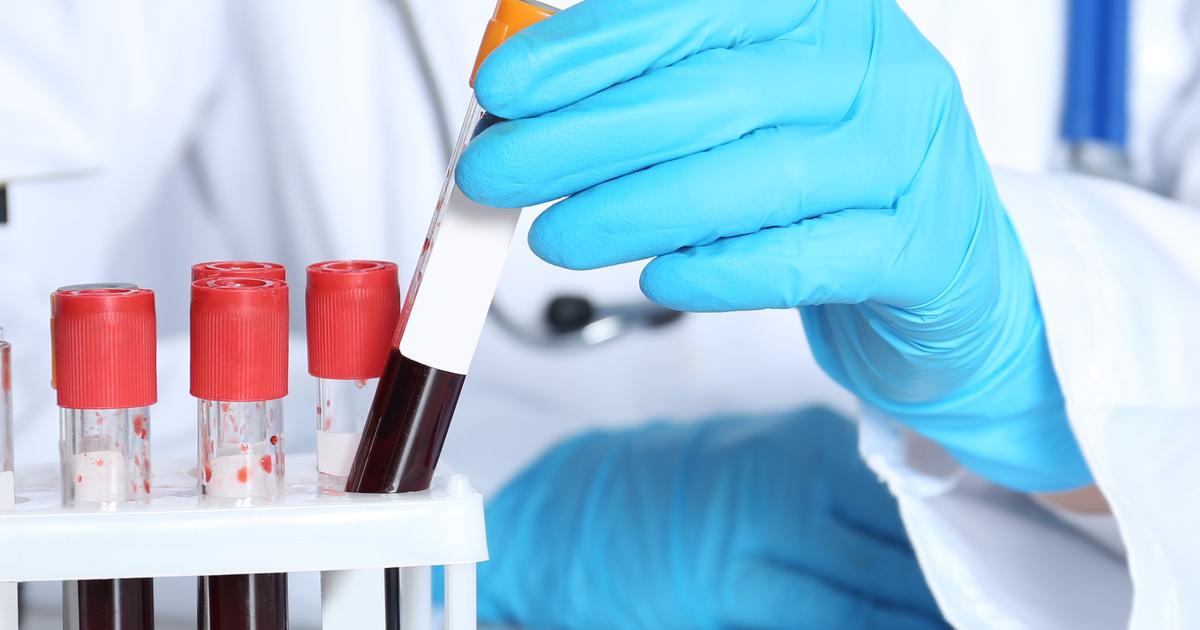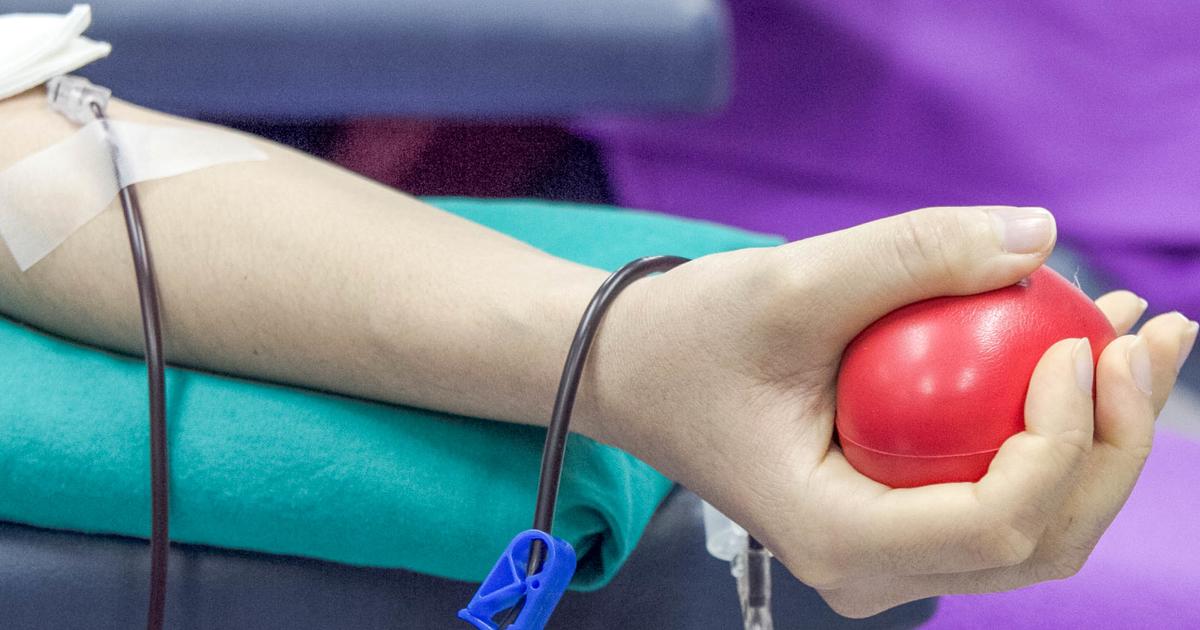Various Options For Diagnosing And Treating Hemochromatosis
Hemochromatosis is a medical condition that occurs when the body stores too much iron. Excessive iron in the blood can lead to issues such as cancer, diabetes, heart rhythm abnormalities, and liver cirrhosis. Depending on the stage of hemochromatosis when it is diagnosed, life expectancy may be reduced as a result. Initial symptoms include pain in the knuckles of the pointer and middle fingers, abdominal pain, mental fogginess, low energy levels, heart palpitations, and irregular heartbeats.
There are two kinds of the condition: primary and secondary. The primary form of the disorder is inherited, and the secondary form can be caused by anemia, liver disease, or receiving numerous blood transfusions. Diagnosis of hemochromatosis is made using a special blood test known as an iron panel test. Complications from hemochromatosis include a graying of the skin, an enlarged liver or spleen, osteoporosis, osteoarthritis, and congestive heart failure.
The methods listed below can help in diagnosing and managing hemochromatosis.
Serum Transferrin Saturation

Hemochromatosis can be diagnosed with the use of a serum transferrin saturation test. A healthy individual has a transferrin saturation level of between twenty and fifty percent if they are male and fifteen to fifty percent if they are female. The purpose of this type of test on the blood is to assess an individual's iron status. This blood test measures the quantity of iron in an individual's blood bound to a protein called transferrin, which is responsible for carrying iron around in an individual's blood. The serum transferrin level will be elevated in an individual affected by hemochromatosis because they absorb too much iron from the food they eat.
Continue reading to learn about another way in which hemochromatosis can be diagnosed now.
Serum Ferritin

Serum ferritin testing provides a measurement of the quantity of iron being stored in the body. This measurement helps doctors get an overall idea of a patient's iron levels over several months. Ferritin is a term used to describe a special protein in the body that stores iron until it is needed. Ferritin can be found in large concentrations in an individual's hepatocytes and reticuloendothelial cells until more red blood cells need to be produced. Once red blood cells are needed, the body signals the release of ferritin from the cells. Another protein called transferrin binds to the ferritin that has been released to carry the mineral throughout the individual's bloodstream. A healthy male will have ferritin levels between twenty and five hundred nanograms per milliliter, and healthy females will have levels between twenty and two hundred nanograms per milliliter. Hemochromatosis patients will have higher than normal serum ferritin levels.
Discover more options for diagnosing hemochromatosis now.
Liver Cancer Screening

An individual can undergo liver cancer screening to help diagnose hemochromatosis. If an individual has abnormal results on their serum iron panel and elevated liver enzyme levels, their physician may recommend an MRI scan or ultrasound to get a better idea of the iron content and the extent of damage it may have done to the hepatocytes. If the imaging tests have abnormal or inconclusive results, a hemochromatosis patient may need to undergo a biopsy of their liver. They are most likely to experience an accumulation of iron in their liver tissues before other organs like the heart, pancreas, joints, or pituitary gland. A liver biopsy is performed by inserting a hollow needle into the patient's abdomen and penetrating their liver. The large needle is then used to extract a small piece of liver tissue so it can be sent to a pathology lab for analysis. The pathology lab will search for signs of liver damage and the presence of iron in the liver cells to help with the diagnosis or elimination of hemochromatosis.
Continue reading to learn about how hemochromatosis can be treated now.
Phlebotomy

Phlebotomy refers to taking blood and is the first line of treatment for hemochromatosis. It is a safe and cheap method for reducing iron levels in the body. The procedure of taking for hemochromatosis patients is the same as what is done for individuals who are donating blood. However, hemochromatosis patients will have one pint of blood removed one or two times each week for at least several months to a year. The process continues until iron levels are within the normal range. After this, patients will be placed on maintenance therapy, which involves giving one pint of blood every two to four months, and is usually continued for life. Patients need to have a blood test for iron levels each year so an appropriate maintenance plan can be made.
Keep reading to reveal more ways to treat hemochromatosis.
Chelation

Chelation, used for patients who cannot be treated with phlebotomy, is the use of medication to remove excess iron from the blood. The medication works by binding to iron so it can be released in the urine. Deferoxamine is one of the most commonly used medications for this process. It can be administered intravenously, and patients can choose to receive it at an infusion center. Deferoxamine can also be delivered with a specialized pump that patients wear at night while sleeping. The pump slowly delivers the correct dose over the course of eight hours. Possible side effects from this medication include an orange color in the urine, blurry vision or other visual changes, rash, hives, itching, and diarrhea. Some patients also experience dizziness, low blood pressure, cramps in the legs or stomach, fever, and rapid heartbeat. The long-term use of chelation therapy can lead to hearing loss, cataracts, and damage to the liver or kidneys. Doctors will decide when to begin using these medications after considering a patient's overall health, iron levels, and hemoglobin levels.
Learn more about treating hemochromatosis effectively now.
Avoid Iron Supplements

Hemochromatosis patients already have excessive iron in their blood, and as such, they should avoid iron supplements. Taking an iron supplement could raise iron levels to an unsafe level that may require additional treatment and increase the risk of heart, liver, and kidney problems. Additionally, patients with hemochromatosis should not take multivitamins containing iron. They also need to pay rapt attention to their diets to avoid foods with high iron levels, such as red meats like beef, lamb, venison, and buffalo. These foods contain a type of iron known as heme iron that is particularly easy for the body to absorb. Non-heme iron, which is found in fruits, vegetables, and grains, is less easily absorbed. Hemochromatosis patients can safely include these foods in their diet, but they may wish to do so in limited quantities. Planning an appropriate diet can be difficult for patients with this disorder. Several hemochromatosis-friendly cookbooks are available to help, and patients may also benefit from having a consultation with a nutritionist.
Discover the next hemochromatosis treatment method now.
Avoid Raw Fish And Shellfish

Individuals who have hemochromatosis are at an increased risk of infection, and doctors routinely recommend these patients avoid raw fish and shellfish. Both raw fish and shellfish contain several types of bacteria that can cause food poisoning and infection. Salmonella and Vibrio vulnificus are two of the major kinds of this bacteria. Foodborne infections can cause nausea, vomiting, diarrhea, and abdominal pain. Raw clams, oysters, and mussels are some of the most common foods that can cause harm. Hemochromatosis patients should cook all fish with fins to a temperature of 145 degrees Fahrenheit to reduce the risk of infection. Shellfish should be cooked until the flesh is opaque, and oysters, clams, and mussels are considered thoroughly cooked when their shells open. As a result of their increased risk of foodborne illness, patients with hemochromatosis may wish to consult their doctors about whether they can safely consume cooked fish and shellfish.
Uncover more treatments for hemochromatosis now.
Avoid Vitamin C Supplements

Vitamin C enables the body to absorb more iron, and this can increase iron levels to an unsafe level in patients with hemochromatosis, resulting in the need for more advanced treatment. All patients with the condition should avoid vitamin C supplements, and some patients will also need to monitor and restrict vitamin C in their diets. Patients should consult their doctor about what a safe level of vitamin C intake may be for their circumstances. Some doctors may recommend foods high in vitamin C be minimized or avoided altogether. These foods include broccoli, cantaloupe, oranges, kiwis, kale, strawberries, sweet potatoes, and tomatoes. Patients can track their intake of vitamin C by looking at nutrition labels and using online calculators. Since it can be hard to plan a diet that avoids vitamin C and foods rich in iron, patients may need to have several consultations with a nutritionist to ensure they can plan meals that help with their symptom management and do not exacerbate their condition.
Get more details on treating hemochromatosis now.
Reduce Alcohol Consumption

Hemochromatosis patients may need to reduce or limit their consumption of alcoholic beverages as part of their treatment plan. One of the most serious complications that can occur in an individual affected by hemochromatosis is damage to the liver tissues. The liver is the organ responsible for processing alcohol and clearing it from the body. Excessive alcohol consumption can cause significant damage to a healthy liver. The consumption of alcoholic beverages by an individual with hemochromatosis can perpetuate and provoke further damage to the liver tissues. The liver can become damaged and scarred when the damage from toxic iron overload is combined with damage that occurs due to the consumption of too much alcohol. Thus, hemochromatosis patients should stop drinking alcohol altogether to reduce their risk of developing liver cirrhosis and failure.
Get more details on treating hemochromatosis effectively now.
Regular Blood Donation

The removal of blood from the body helps lower the amount of iron in it because a good portion is present in the blood at any given time. Regular blood donation as a treatment method for hemochromatosis has few side effects and causes minimal pain. Individuals who donate blood regularly as a treatment for hemochromatosis may need to donate up to twice a week at the beginning of their regimen. After that, an affected individual usually only needs to donate blood between four to six times every year. Some patients do not like to use this method of treatment because it can cause fatigue, they have a fear of needles, it can be painful, puts them at an increased risk of anemia, or they have discomfort with their blood being used for transfusions. Regular blood donation is also known to be the cheapest way to treat hemochromatosis.